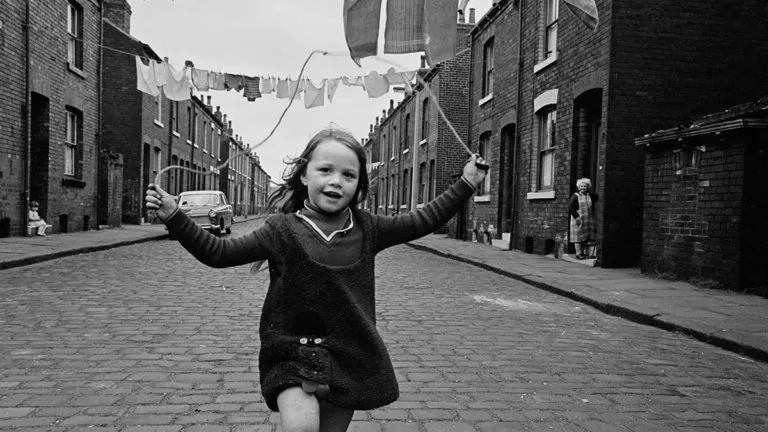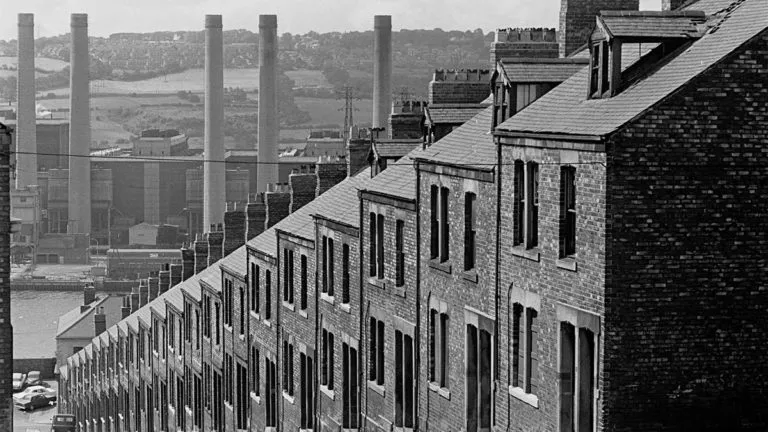Council housing is the bedrock of the future, not a relic of the past
Published: by Guest blog

Guest blog by John Boughton
Lloyd George never promised ‘Homes for Heroes’, and the 1919 Housing and Town Planning Act didn’t create the first ‘council’ housing. But, those two common misconceptions aside, it’s been a pleasure to see Christopher Addison’s flagship reform so widely celebrated on its centenary. And with good reason: 100 years on, there’s an urgent need to see a commitment to large-scale social housebuilding that matches the ambitions of 1919, to provide homes people desperately need.
My first point is picky. Just 12 days after the end of the First World War in November 1918, Prime Minister Lloyd George did declare his task ‘to make Britain a fit country for heroes to live in’. The pithier slogan we remember captured the essence of his promise to reward wartime sacrifice – although it also masked a ruling-class fear that those British ‘heroes’ might become dangerously discontented if not rewarded.
When Addison introduced his housing bill to the House of Commons in April 1919, he spoke of its ‘utmost importance, from the point of view not only of the physical well-being of our people, but of our social stability and industrial content’.
This sentiment is not lost in the context of the current housing crisis. From the rise in expensive, precarious and often poor-quality private renting, to the dwindling dream of homeownership – it’s an issue that is fuelling discontent. This escalating crisis means that increasing numbers of people are now forced to deal with the painful consequences of the country’s inability to provide such a basic human need – a stable, affordable home.
The first council-built housing was actually in Liverpool in 1869 and the 1890 Housing Act had already established the legislative powers and machinery of state which the 1919 Act developed. But only around 24,000 council homes were built nationally before 1914.
Therefore 1919 marked a concerted step change – there was a Government mandate that councils provide housing, and this led to the first widespread programme of council-built housing. Between the two world wars, 1.1 million homes were built. This was a housing revolution that we rightly celebrate.
The first element of that revolution lay in those numbers. The 1919 Act required not only that all local authorities conduct a survey of housing needs – within just three months – but that they actively prepare plans to meet them. The requirement to build was a sea-change.
A second vital element lay in financial support from central government. In this, the Addison Act was exceptionally generous. Beyond what could be raised locally by a penny on the rates, the cost of building these new homes was to be met entirely by the Treasury.

Thirdly, the Addison Act insisted on high-quality housing, taking its cue from the wartime Tudor Walters Report which had recommended ‘cottage homes’ with front and back gardens, bathrooms and pantries at no more than twelve to the acre. The Act, and the official Manual in the Preparation of State-Aided Housing Schemes issued to local councils accompanying it, set a benchmark of quality that stood for sixty years.
In a later speech, Addison proclaimed that ‘they wanted big production and they were prepared to pay big prices’. That, unfortunately, would prove to be optimistic. In a post-war era of materials and labour shortages, construction costs were unprecedentedly high – at around £1000 per house, up to three times the cost of pre-war production – and his programme fell victim to public spending cuts in July 1921. Just 176,000 homes had been built in England and Wales of the 500,000 that Lloyd George had promised. Addison resigned from both the government and the Liberal Party in protest.
Later Housing Acts in the 1920s revived council-built housing, although the houses were typically somewhat smaller and plainer than those envisaged in 1919. Legislation in the 1930s targeting slum clearance and introducing rent rebates addressed one serious deficiency in Addison’s reforms – that their relatively high rents excluded the slum population most in need of rehousing.
It took a second world war and another great reforming Minister of Health and Housing, Nye Bevan, to revive the idealism and commitment to quality of the 1919 Act. Fittingly, Christopher Addison was Labour Leader of the House of Lords in the post-war Attlee government.
One common factor underlaid both eras of reform and it provides the single constant in the long history of what is now referred to as ‘social’ housing: that is the inability of the free market and the unwillingness of the private sector to provide decent, affordable housing to those in greatest need. The same is true today.
100 years ago, in 1919, a broad cross-party consensus accepted the necessity of state intervention to build the homes the country needed. A similar consensus operated for many years after 1945. Today, housing and homelessness charity Shelter are rightly campaigning to ensure there is once again a cross-party commitment to build more social housing to provide the homes people desperately need.
Indeed, the current housing crisis – which results from the marginalisation and chronic decline of social housing since the 1980s – is a reminder that the lessons of the Addison Act are not merely historical: its ideals, objectives and means remain as relevant today as ever.
John Boughton is a social historian and blogger, and author of Municipal Dreams: the Rise and Fall of Council Housing (Verso, 2018)
This story was first published on the Guardian website on the 30th of August and can be found here.